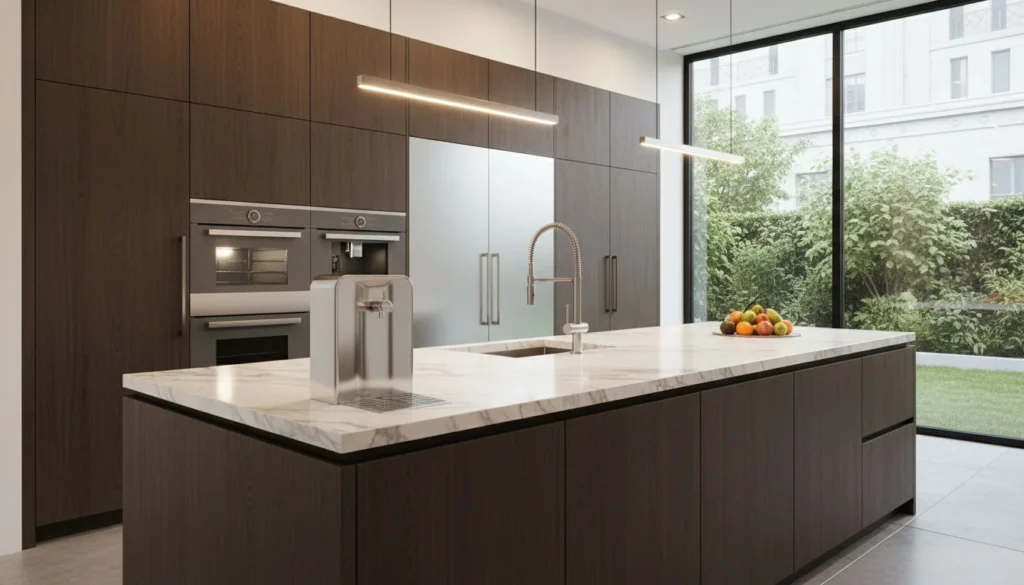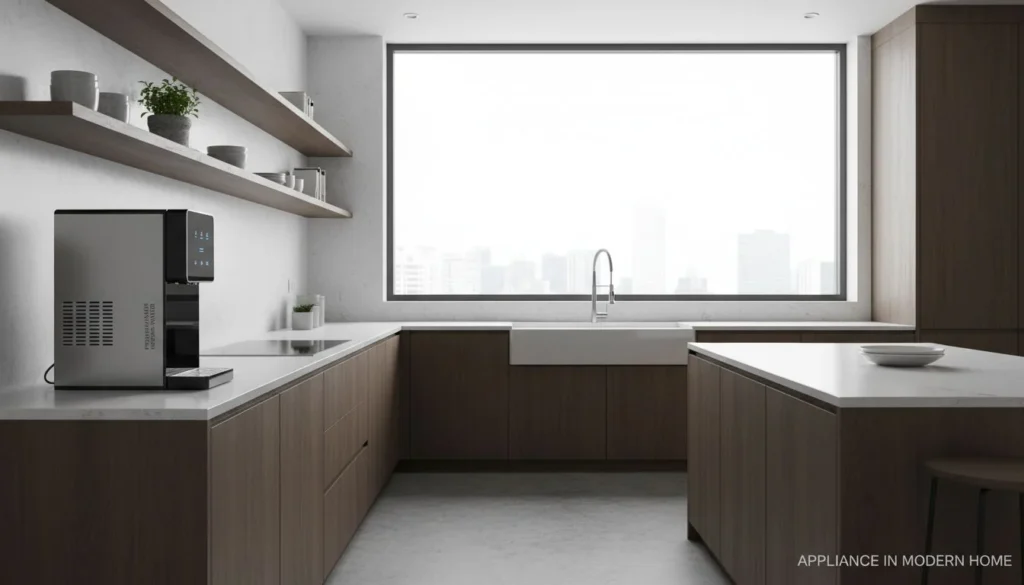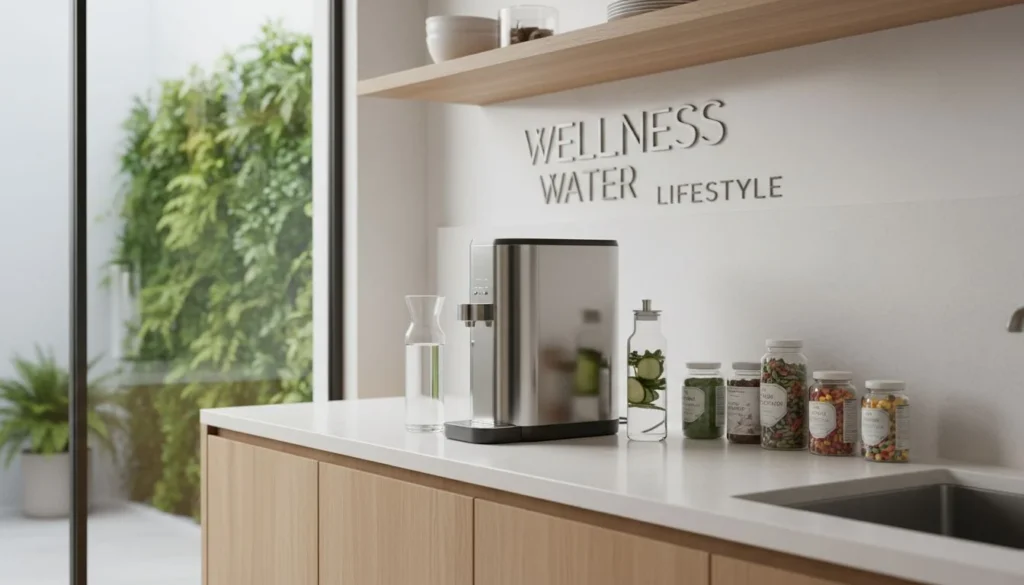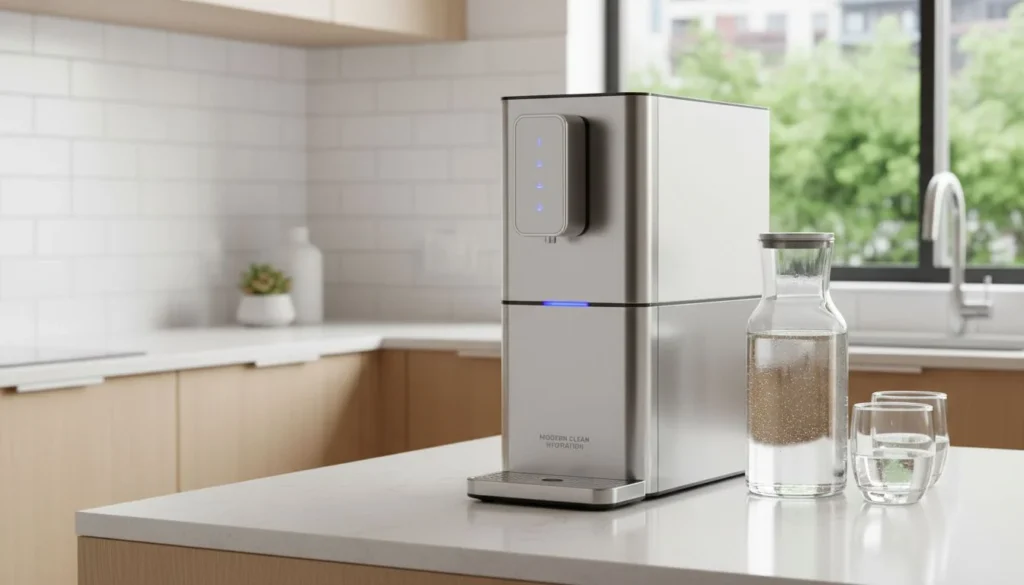When shopping for a humidifier, you might wonder where your device is manufactured and how that impacts its quality and value. Dreo has emerged as a prominent player in the home appliance market, particularly in the United States, with their innovative humidifiers gaining significant popularity. Understanding where Dreo humidifiers are manufactured provides valuable insights into how this relatively young brand has managed to disrupt established markets and achieve remarkable growth in such a short time.
Manufacturing Locations of Dreo Humidifiers
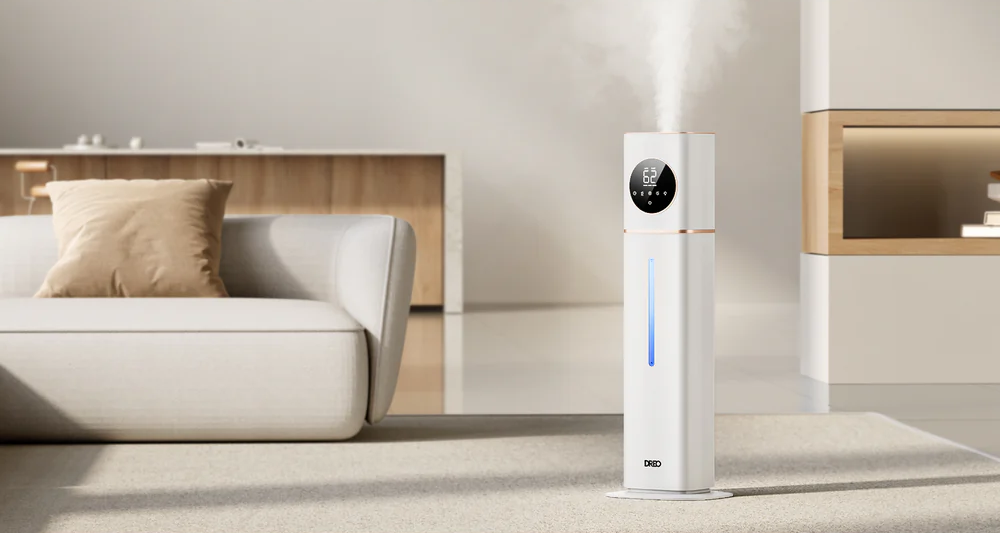
Primary Production Bases in China
Dreo humidifiers are predominantly manufactured in China, with major production facilities concentrated in two key provinces: Guangdong and Fujian. These regions have long been established as manufacturing powerhouses in China's electronics and home appliance sectors.
In Guangdong Province, Dreo leverages the robust manufacturing ecosystem centered around cities like Shenzhen, Dongguan, and Foshan. Shenzhen, often referred to as China's Silicon Valley, provides Dreo with access to cutting-edge technology and innovation capabilities. Dongguan and Foshan complement this with their specialized expertise in home appliance production, offering Dreo access to established supply networks and manufacturing know-how.
Fujian Province serves as another crucial manufacturing base for Dreo humidifiers. Cities like Xiamen have developed significant capabilities in electronics manufacturing, with specialized industrial parks dedicated to home appliance production. The province's strategic coastal location also facilitates efficient shipping and logistics operations.
Strategic Shift to Vietnam
In recent years, Dreo has begun strategically diversifying its manufacturing footprint by establishing production capabilities in Vietnam. This move represents a calculated response to evolving global trade dynamics, particularly the tariff challenges affecting Chinese exports to key markets like the United States. By initiating production in Vietnam, Dreo aims to mitigate the impact of these tariffs while maintaining competitive pricing in international markets.
Vietnam offers several advantages as a manufacturing alternative, including competitive labor costs, an increasingly skilled workforce, and a growing electronics manufacturing ecosystem. Vietnam's participation in various free trade agreements also provides Dreo with potential tariff advantages when exporting to certain markets.
However, this transition hasn't been without challenges. Vietnam's manufacturing ecosystem, while growing rapidly, doesn't yet match the scale and depth of China's established industrial clusters. Dreo has had to carefully manage this expansion to ensure consistent product quality across different manufacturing locations.
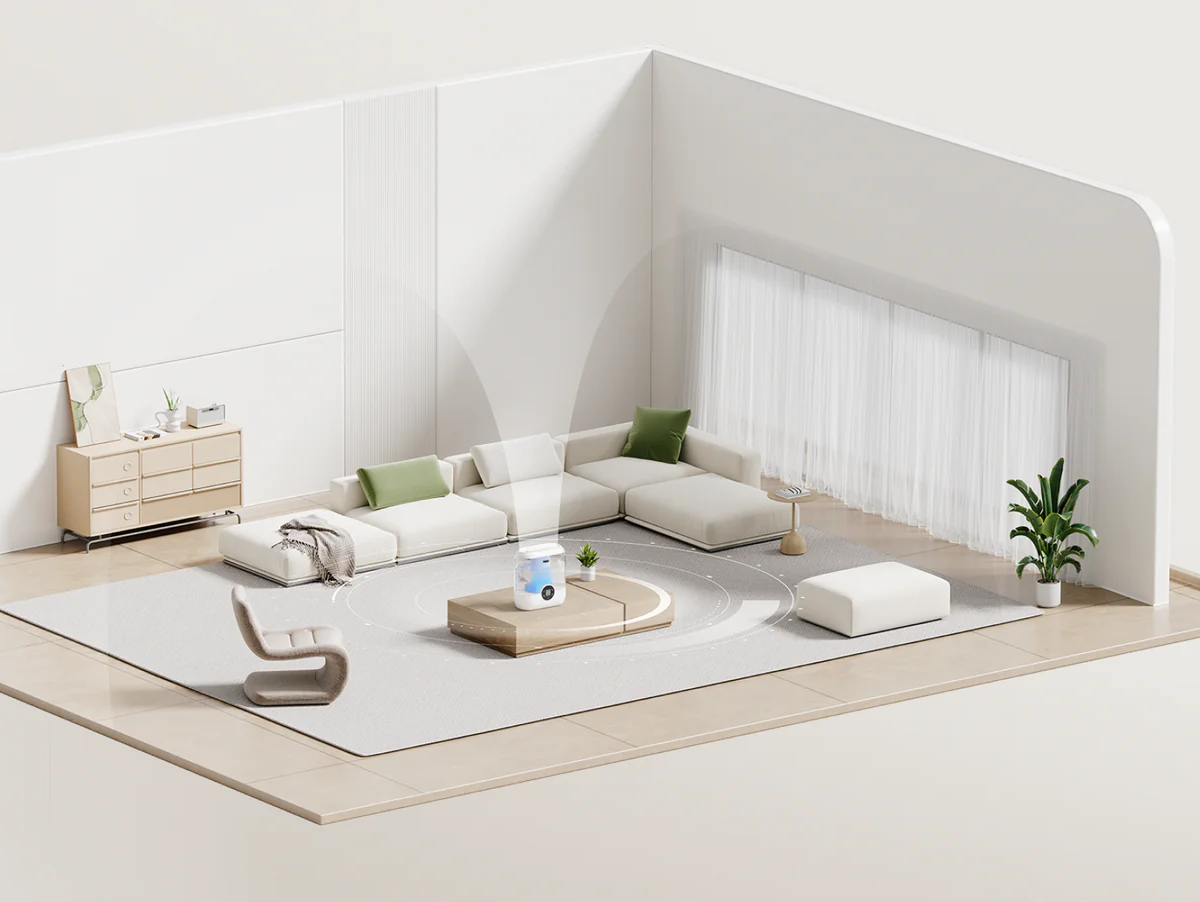
The Rise and Development of Dreo Brand
Shenzhen Core Team Background
Dreo's success story is deeply rooted in its origins in Shenzhen, China's innovation hub. The brand's core team brings together expertise in product development, manufacturing, and digital marketing. Shenzhen's unique ecosystem provided the perfect environment for Dreo's founding team to develop their vision for reimagining home appliances.
The city's transformation into China's Silicon Valley has created a rich talent pool of engineers, designers, and digital marketing specialists. This Shenzhen-based team combines technical innovation capabilities with market insights, allowing Dreo to develop products that effectively address consumer needs while maintaining competitive pricing.
Brand Establishment and Rapid Growth
Founded in 2020, Dreo represents a remarkable success story in the highly competitive home appliance market. Despite being a relatively young brand, Dreo has achieved extraordinary growth in a remarkably short timeframe through strategic focus, product innovation, and effective market positioning.
From its inception, Dreo adopted a focused approach to product development, initially concentrating on specific categories like fans and heaters before expanding into humidifiers and other home appliances. This strategic focus allowed the company to develop deep expertise in each category before broadening their product range.
Dreo's growth trajectory has been particularly impressive in the North American market, where the brand has quickly established itself as a significant player in multiple home appliance categories. This rapid expansion has been fueled by substantial capital investment and a clear vision for creating products that combine technological innovation with user-centered design.
Direct-to-Consumer (D2C) Business Model
A cornerstone of Dreo's success has been its embrace of the direct-to-consumer (D2C) business model, particularly through e-commerce platforms like Amazon. This approach has allowed Dreo to bypass traditional retail channels and establish direct relationships with consumers.
The D2C model has provided Dreo with several strategic advantages. By selling directly to consumers, the brand can offer competitive pricing while maintaining healthy margins, as it eliminates intermediary costs associated with traditional retail distribution. Additionally, the direct connection with consumers enables Dreo to rapidly gather and respond to customer feedback, creating a virtuous cycle of continuous product improvement.
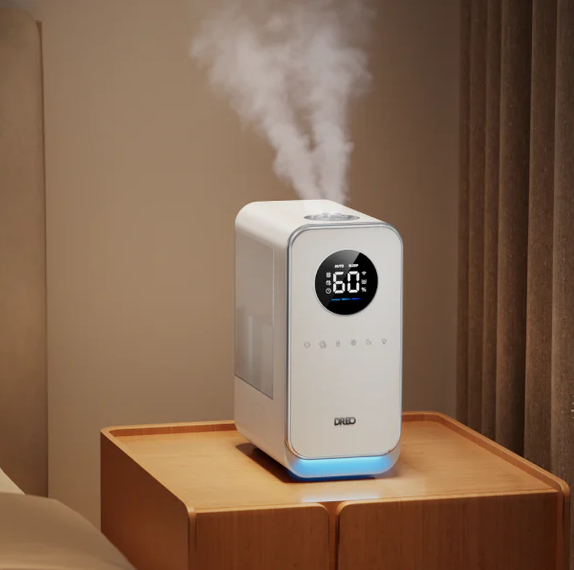
Dreo's Success Strategy in the US Market
Amazon Platform Success and Advertising Investment
Dreo's remarkable growth in the United States can be largely attributed to its masterful execution on Amazon's e-commerce platform. The brand has established a dominant presence through strategic product positioning, customer-centric approach, and significant advertising investment.
What sets Dreo apart from many competitors is the scale and sophistication of its advertising strategy on Amazon. The company has invested heavily in Amazon's advertising ecosystem, utilizing advanced targeting capabilities to reach potential customers at various stages of the buying journey. This substantial marketing expenditure has enabled Dreo to achieve high visibility for its humidifiers and other products, effectively competing with established brands.
Furthermore, Dreo has excelled at optimizing product listings with compelling content, high-quality images, and strategic keyword usage that aligns with consumer search behavior. The brand's attention to detail in creating informative, persuasive product pages has contributed significantly to its conversion rates and overall success.
Expansion from Online to Offline Retail
While Dreo initially established its market presence through e-commerce channels, the brand has begun an ambitious expansion into brick-and-mortar retail. This strategic move into major retailers like Walmart, Costco, and Target represents a significant evolution in Dreo's market approach.
The transition from online to offline retail channels has been carefully orchestrated, leveraging the brand awareness and customer base built through e-commerce success. Dreo's strong online performance, particularly the positive customer reviews and ratings on platforms like Amazon, has provided valuable credibility when approaching major retail partners.
This omnichannel approach—maintaining a strong online presence while expanding into physical retail—positions Dreo to capture market share across diverse consumer shopping preferences. It also creates valuable synergies, as in-store visibility can drive online research and vice versa, creating multiple pathways to purchase for potential customers.
Chinese Supply Chain Advantages and Dreo's Competitiveness
Overcapacity in China's Home Appliance Manufacturing
China's home appliance manufacturing sector has developed a remarkable production capacity that currently exceeds global demand, creating a situation of industry overcapacity. This phenomenon has created favorable conditions for brands like Dreo that can effectively leverage this environment to their advantage.
For Dreo, this industry dynamic has created a buyer's market when sourcing manufacturing partners. The company can negotiate favorable terms with manufacturers eager to utilize their excess capacity, resulting in cost advantages that would be difficult to achieve in more balanced market conditions. This positioning allows Dreo to maintain competitive pricing while still ensuring high-quality production standards.
Balancing High Quality and Cost-Effectiveness
One of Dreo's most significant achievements has been successfully balancing product quality with cost-effectiveness. The company's approach leverages China's sophisticated manufacturing ecosystem while implementing rigorous quality control measures.
Dreo's manufacturing strategy begins with thoughtful product design that considers both performance requirements and production efficiency. The brand's quality control process is comprehensive, encompassing component sourcing, production monitoring, and finished product testing. At the same time, Dreo leverages China's manufacturing scale economies and supply chain efficiencies to maintain competitive pricing.
This balanced approach—maintaining high-quality standards while leveraging cost efficiencies—has been instrumental in Dreo's ability to compete with established brands in the humidifier market. Consumers increasingly recognize that Dreo products offer comparable or superior quality to traditional market leaders but at more attractive price points.
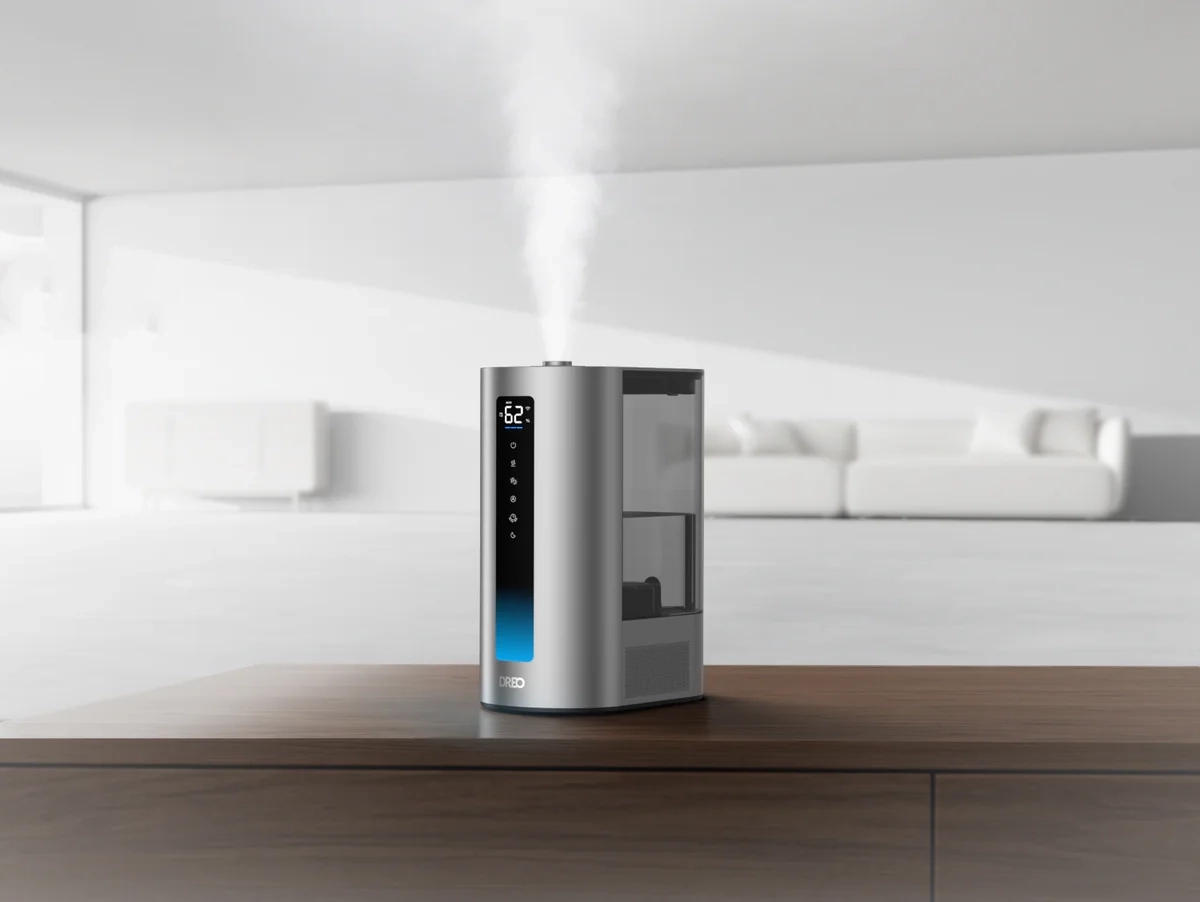
Dreo's Future Manufacturing Strategy
Efforts to Find Alternative Suppliers Outside China
Dreo is actively pursuing a strategic initiative to diversify its manufacturing base beyond China. This search for alternative suppliers represents a significant investment in the company's long-term resilience and competitiveness.
Vietnam has emerged as Dreo's primary focus for manufacturing expansion outside China. Beyond Vietnam, Dreo is evaluating other potential manufacturing locations in Southeast Asia and potentially Mexico for serving the North American market. This multi-region approach aims to create a more balanced global manufacturing footprint that can adapt to changing trade policies and market conditions.
Challenges of Large-Scale Production
Despite Dreo's determined efforts to diversify its manufacturing base, the company faces significant challenges in establishing large-scale production capabilities outside of China. The most pressing challenge is achieving sufficient production volume to meet Dreo's growing demand. While countries like Vietnam are developing their manufacturing capabilities, they typically cannot yet match the sheer production capacity available in China's established industrial centers.
Supply chain integration presents another major hurdle. China's manufacturing hubs feature dense networks of component suppliers, specialized service providers, and logistics infrastructure that enable efficient production at scale. When establishing production in alternative locations, Dreo must either develop local supplier networks or import components from China, potentially offsetting some of the tariff advantages of manufacturing elsewhere.
Global Supply Chain Outlook
Looking ahead, Dreo's manufacturing strategy is evolving toward a balanced global approach that maintains China as a core production hub while strategically developing complementary capabilities in other regions. This "China+1" strategy represents a pragmatic response to the complex realities of global trade and supply chain management.
China will likely remain Dreo's primary manufacturing base for the foreseeable future, particularly for products destined for markets where Chinese exports don't face significant tariff barriers. Vietnam is positioned to become an increasingly important secondary manufacturing hub, particularly for products destined for the U.S. market where tariff considerations are significant.
Throughout this evolution, Dreo's manufacturing strategy will continue to balance multiple considerations: cost efficiency, quality control, supply chain resilience, and market access. The company's thoughtful approach to global manufacturing reflects its maturation from a startup focused primarily on growth to an established brand building sustainable competitive advantages in the global home appliance market.
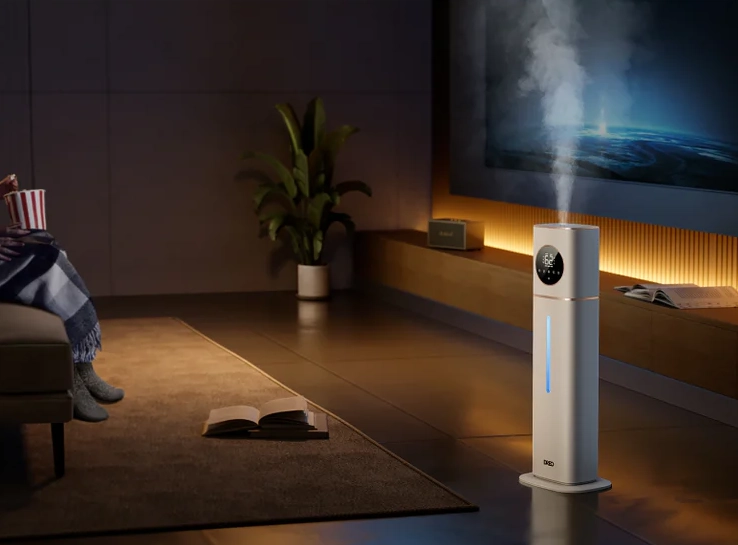
Conclusion
The story of where Dreo humidifiers are manufactured reveals much more than just geographic locations—it illuminates the strategic thinking and competitive advantages that have propelled this relatively young brand to remarkable success in the global market.
Dreo's manufacturing strategy balances the unmatched advantages of China's established manufacturing ecosystem with pragmatic diversification efforts to address evolving trade dynamics. While production facilities in Guangdong and Fujian provinces form the backbone of Dreo's manufacturing capabilities, the company's expansion into Vietnam demonstrates a forward-thinking approach to supply chain management.
The brand's success extends far beyond manufacturing decisions. Dreo's Shenzhen-based team has leveraged deep expertise in product development, digital marketing, and e-commerce to build a powerful direct-to-consumer business model. Their sophisticated approach to Amazon's marketplace, combined with substantial advertising investments, has enabled rapid market penetration in the United States.
For consumers considering Dreo humidifiers, understanding the brand's manufacturing origins provides valuable context. These devices represent not just the output of specific factories in China or Vietnam, but the result of a sophisticated global strategy that combines manufacturing expertise, supply chain optimization, and consumer-focused innovation—a winning formula that explains the brand's impressive trajectory in the competitive home appliance market.



